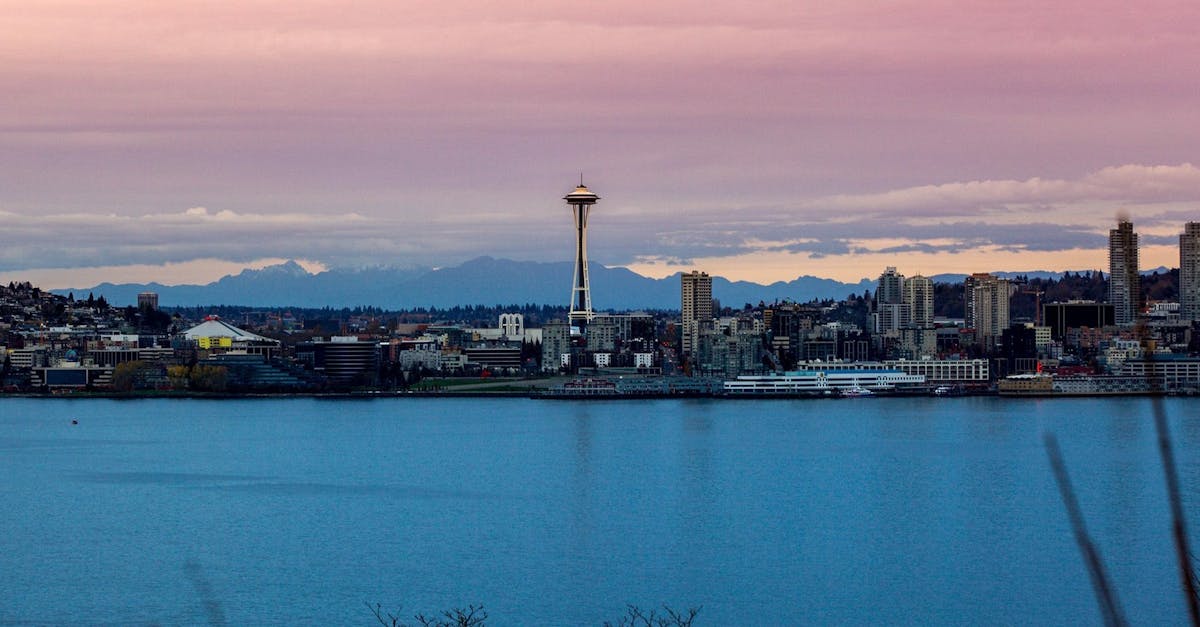
How much it rains in Seattle?
Well, it depends on where you live in the Seattle area. The average rainfall for Seattle is around eight inches per year. Rainfall in the mountains of Western Washington can be quite a bit more, while the northern end of the Puget Sound region gets less than half that.
Seattle receives about 43 inches of precipitation a year on average. In order to stay cool, the city’s residents rely on the Puget Sound to help moderate the temperatures. However, if the Puget Sound is too high or low, temperatures can reach extremes, even in spring and fall.
Rainfall in the Emerald City is very highly variable, even from neighborhood to neighborhood. Rainfall in the Seattle area is dependent on the location in relation to the mountains.
How much does it rain in Seattle in
In an average year, Seattle receives about 57.5 inches of precipitation. This is the fourth highest precipitation among U.S. cities that are mostly located on the West Coast. Seattle is known for its extremely wet winters, when the accumulation of snow can reach up to 65 inches.
The wet spring season is also quite common here. rainfall is highly variable in this part of the Pacific Northwest. On average, Seattle receives about 47.5 inches of precipitation a year. However, some years can see as few as 15 inches or as much as 75 inches! Rainfall is highly variable in this part of the Pacific Northwest.
On average, Seattle receives about 47.5 inches of precipitation a year. However, some years can see as few as 15 inches or as much as 75 inches! Spring rains are usually lighter and more frequent than the heavier winter rains.
How much did it rain Seattle?
Seattle receives an average of 69.5 inches of precipitation annually. The most precipitation falls in the months between May and October, with May being the wettest month on average. The least precipitation falls in December, January, and February. The city of Seattle usually sees about 55 inches of precipitation annually.
This means that, on average, most Seattleites will see about 6.5 days of rain each year. This may sound like a lot, but it’s actually fairly typical for a coastal city. The City of Seattle has had its fair share of rainstorms — especially the ones in spring.
In fact, the historic rainfall total of May 27, 2019, at 65.1 inches (1,600 mm) broke the previous record of 56.0 inches (1,500 mm) set in 1905.
How much rain Seattle gets?
Seattle, like most cities in the Pacific Northwest, gets a lot of rain. On average, we get about 50 inches of precipitation a year. This is about 15 inches more than the national average. That means you’ll need to plan for some extra water, whether you’re washing your car, watering your lawn or taking a shower.
Seattle receives an average of approximately 43 inches of rain per year. This makes Seattle one of the wettest cities in the United States. Seattle is so wet partly because it’s located on the Pacific coast, and partly because of its location in the rain shadow of the Cascade Mountains.
Seattle gets almost 50 inches of rain per year on average. This makes it one of the wettest cities in the U.S. If you live in the area, you can expect to see between 12 and 20 inches of rain during an average May or June.
How much does it rain Seattle per year?
Seattle’s average annual precipitation is about 43 inches, which is pretty average for a Northern California coastal city. But, it does rain more often here than in most northern cities. On average, Seattle sees about 43.5 days of precipitation per year. The average amount of rain that falls in Seattle each year is about 47 inches.
That’s about the same amount of precipitation that falls on a typical California coastal city each year. When you think of rain in Seattle, you might not think of drenching storms. An average of about 43.5 inches of rain falls here each year.
That may sound like a lot, but it’s about the same amount of rain that falls on a California coastal city. Because of this, Seattle does not have much of a wet season. On the contrary, the driest season is usually from October to December.






